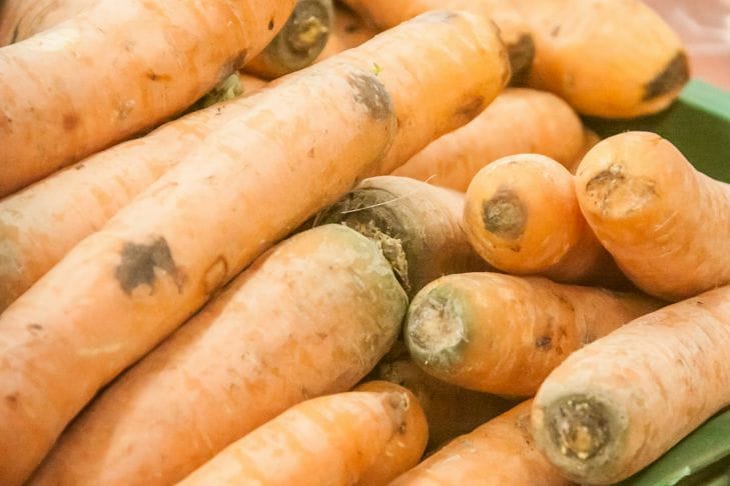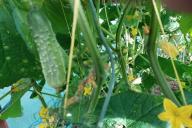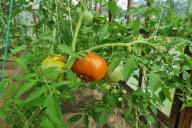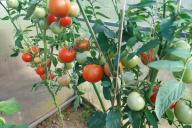Every gardener wants to grow large and juicy carrots.
However, you can often encounter a problem when carrots grow small and deformed.
This causes disappointment and questions: what went wrong and how to fix the situation, says Anastasia Kovrizhnykh .

Incorrect soil preparation
One of the main reasons for a small carrot harvest is improper soil preparation. Carrots prefer light, well-drained soil with a neutral pH level.
If the soil is too clayey or compact, the carrot roots cannot grow and develop freely, which leads to their deformation and slow growth.
To improve the soil structure, it is recommended to add sand and compost so that it becomes looser and more nutritious.
Lack of lighting
Carrots need sufficient sunlight to grow properly. If the beds are located in a shady place, the plants do not have enough light, which slows down photosynthesis and, as a result, the development of root crops.
Choose sunny areas for planting carrots to provide them with the necessary amount of light.
Incorrect watering
Watering regime plays an important role in carrot growth. Lack or excess of moisture can negatively affect the development of root crops.
Carrots need uniform and moderate watering. The soil should be constantly moist, but not waterlogged.
Too much moisture can cause the roots to rot, while too little moisture can cause them to dry out and shrink in size.
Thickened plantings
Carrot plants that are planted too closely compete for nutrients and space, resulting in stunted growth and small roots.
For normal development of carrots, it is necessary to maintain an optimal distance between plants. It is recommended to thin out the shoots, leaving about 5-7 centimeters between them.
Nutrient deficiencies
Lack of nutrients in the soil is also one of the reasons for small carrots. For normal growth, carrots need nitrogen, phosphorus and potassium.
Deficiency of these elements leads to slow growth and reduced yields. Regular application of organic and mineral fertilizers helps maintain the balance of nutrients in the soil.
Crop rotation and compatible crops
Crop rotation and the correct selection of compatible crops play an important role in growing carrots. Incorrect crop rotation can lead to the accumulation of pests and diseases in the soil, which negatively affects plant growth.
Carrots should be planted in the same place no more than once every three years. Good predecessors for carrots are legumes, potatoes and cabbage.
Pests and diseases
Pests and diseases can significantly reduce carrot yields. Some of the most common pests are carrot fly and nematodes.
To protect plants from pests, it is recommended to use organic insecticides and follow crop rotation rules.
Regular inspection of plants and timely removal of damaged specimens will help prevent the spread of diseases.
Seed quality
The quality of the seed material also affects the size and quality of the crop. Using old or poor quality seeds can result in poor germination and weak plant growth.
When choosing seeds, you should give preference to proven manufacturers and use fresh seed material.
Planting dates
The timing of carrot planting is very important for getting a good harvest. The optimal time for planting is early spring or late summer.
When sowing in too cold or too hot weather, the shoots may be weaker, which will affect the development of root crops. Adherence to optimal planting dates will help to avoid many problems associated with the growth of carrots.
Earlier we listed 4 plants that always have aphids.









